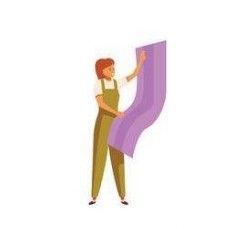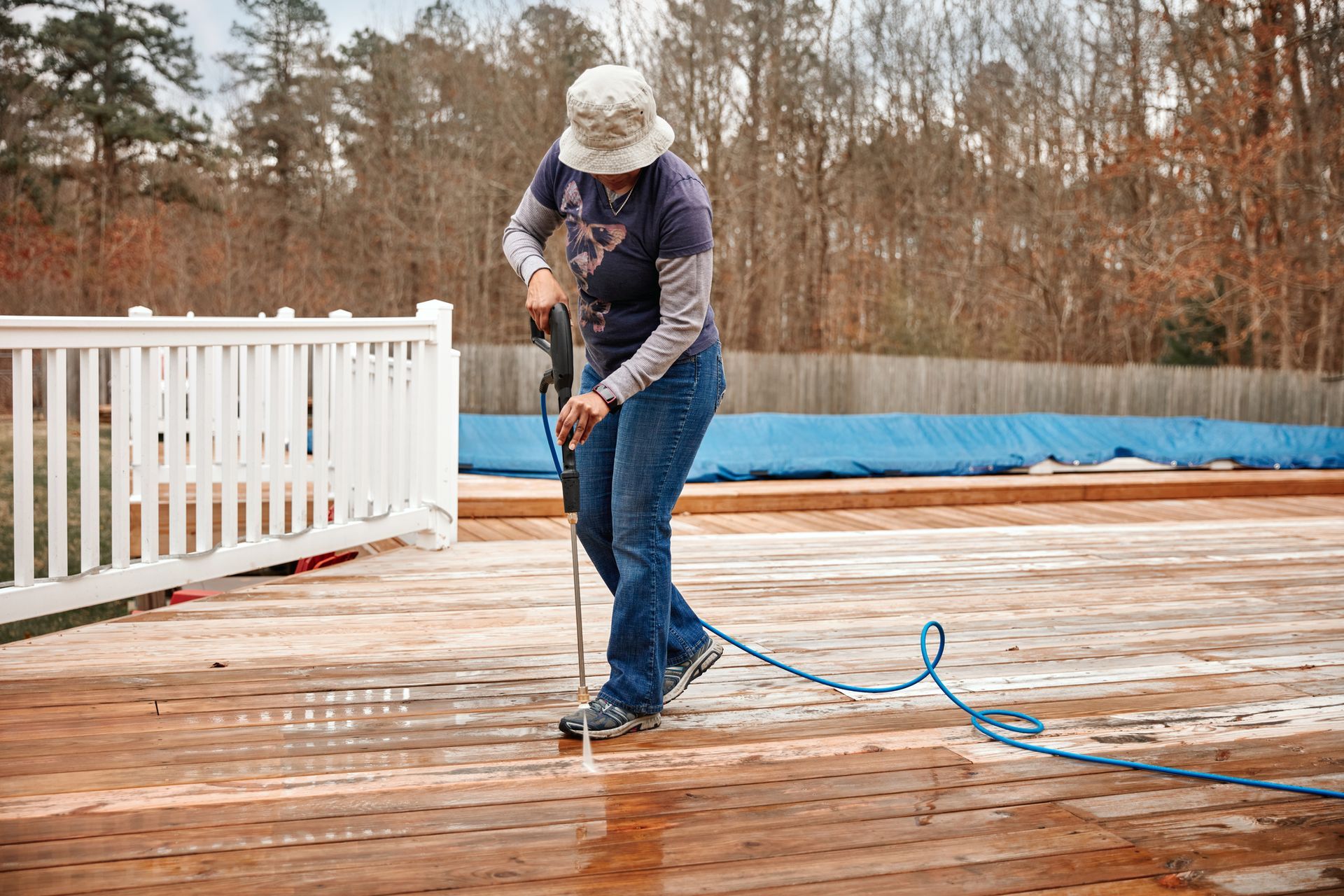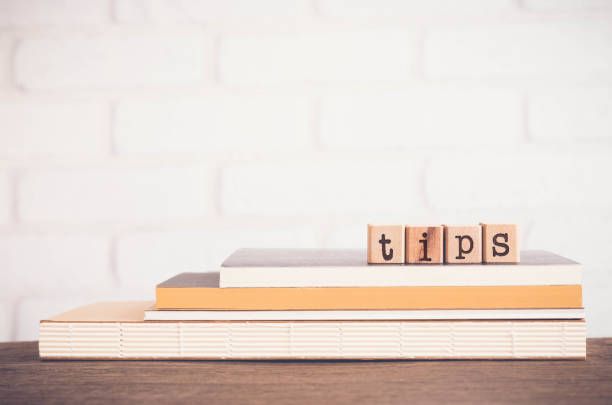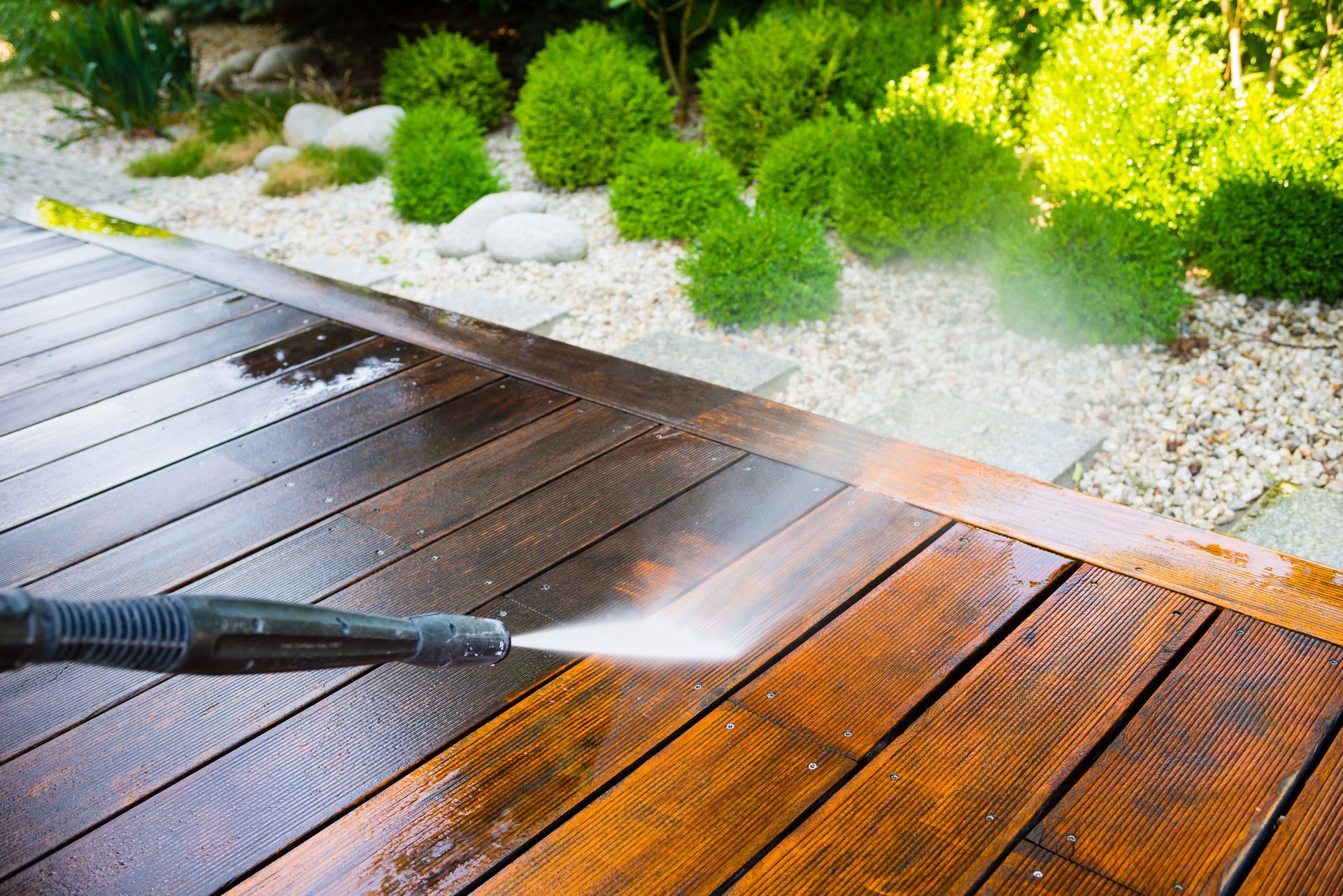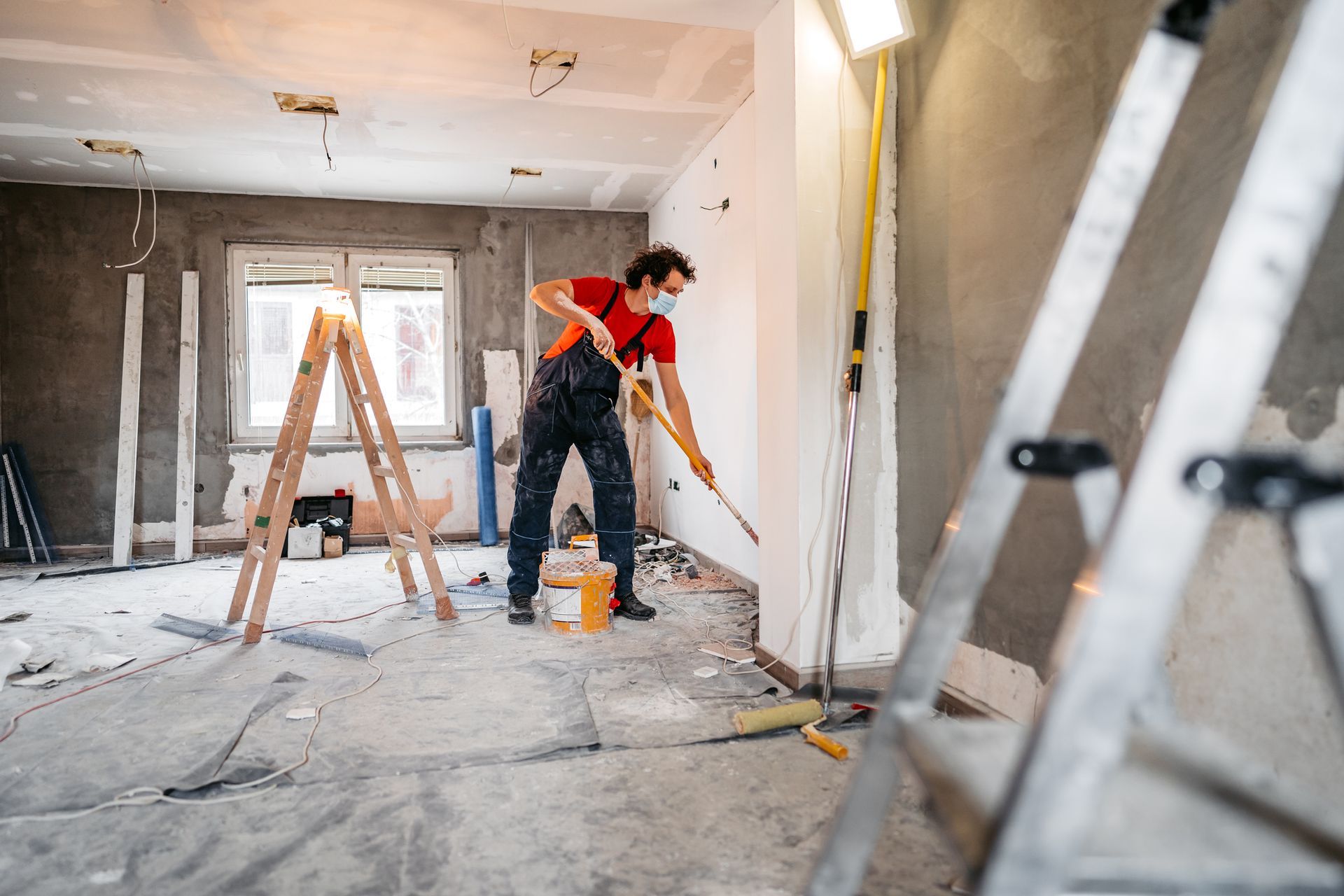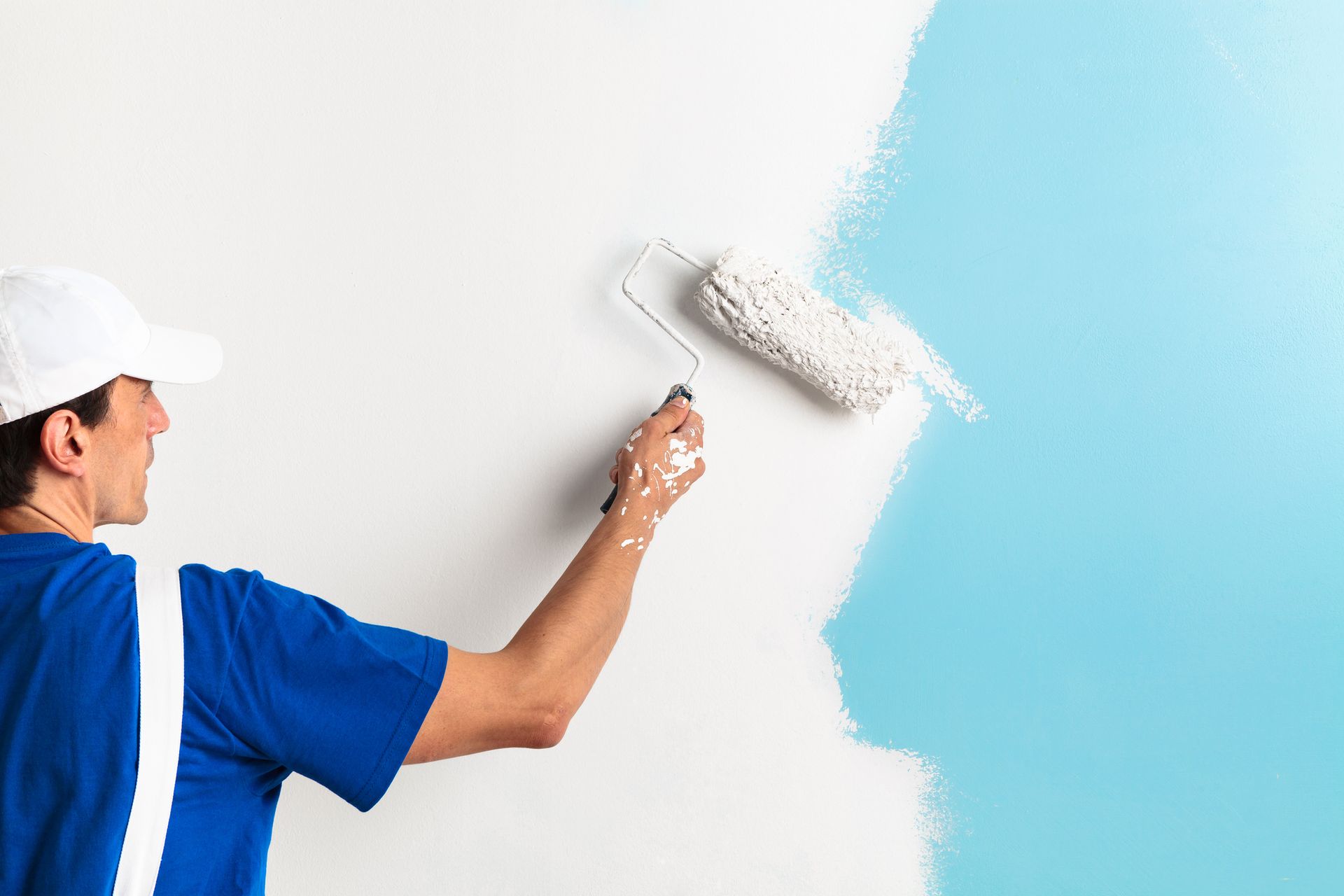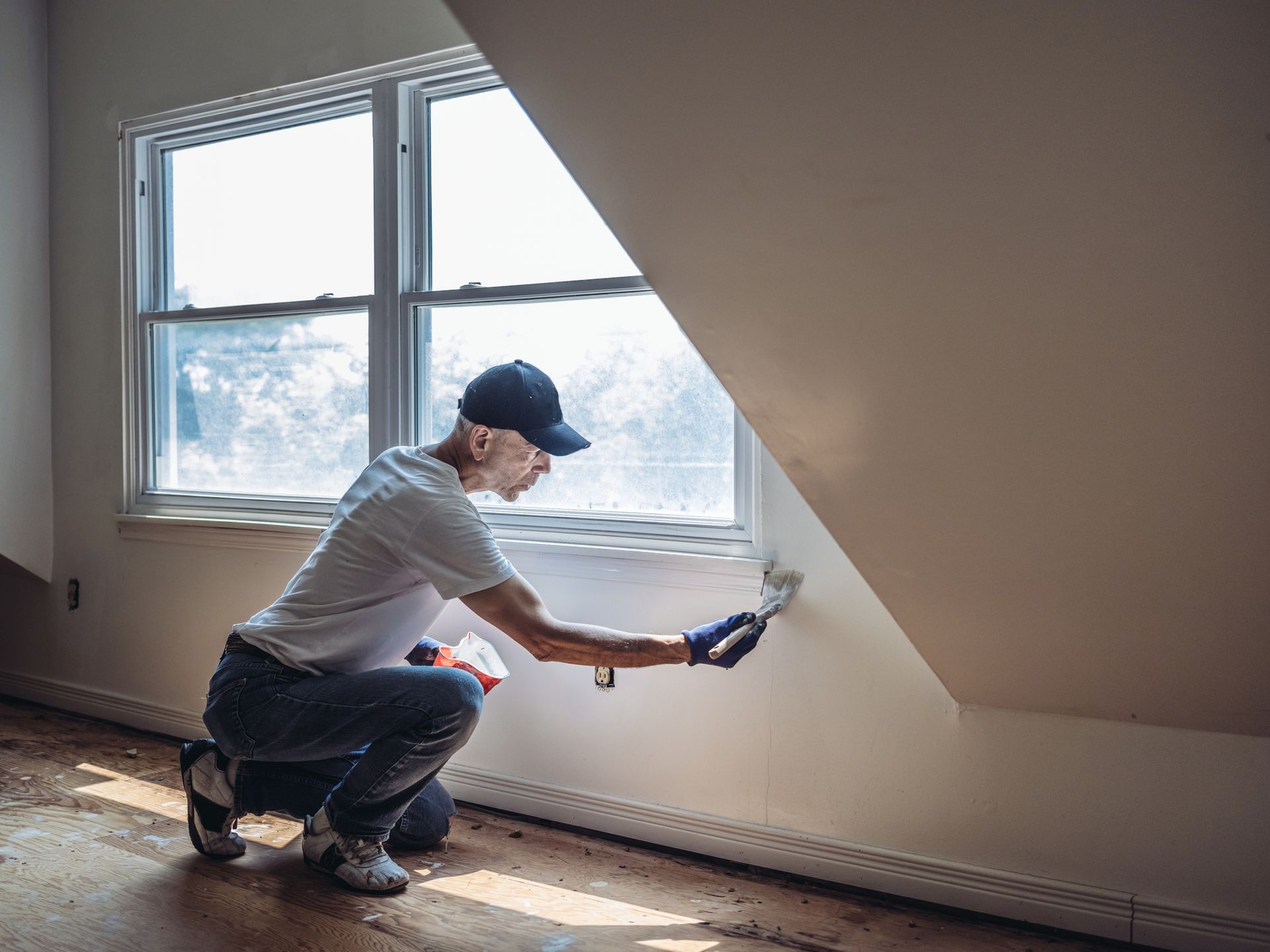Removing Wallpaper
Getting ready to redecorate and need to remove wallpaper from the walls? Wallpaper removal may sound like a huge task, but follow the proper techniques and removing wallpaper is actually very simple.
REMOVING YOUR WALLPAPER
Figure out what kind of wallpaper you are working with! Try removing some without water or a wallpaper remover. How it comes off the walls will tell you what kind of wallpaper it is.
Peel and Stick – will peel off the wall in full sheets
Strippable – will easily come off the wall in full sheets
Traditional wallpaper – will be harder to remove and come off in smaller sections
Wallpaper with a removable top layer – top layer will remove fairly easily, but will leave a paper backing on the wall
Peel and Stick Wallpaper
Start at the top corner and pull the wallcovering down gently but firmly, working parallel to the wall.If you plan on reusing the peel and stick wallpaper, pull it down slowly and gently. You can easily over-stretch it.Pro Tip! Don’t allow the adhesive sides of the wallpaper to make contact, especially if you want to reuse it. They are very difficult to separate once they have touched.
Strippable Wallpaper
At the top of the wallpapered section, find a loose corner or peel back a small section with a utility knife or scraper. Pull the entire sheet straight down, keeping your hands close to the section that is still attached to the wall.
If you are having a hard time removing it, spray the front with water to help activate the paste.Repeat with all sheets of wallpaper.If a particular section of strippable wallpaper seems stuck, use a little bit of water on a sponge or in a spray bottle to loosen the paste.
Pro Tip! Use warm water and a sponge to wipe down the walls, cleaning off any small bits of paste that didn’t come off when you removed the paper. DON’T use fabric softener that will leave a residue on your wall!
Traditional Wallpaper
Traditional wallpaper includes both some wallpaper that removes in full strips and some that removes in layers. Traditional wallpaper removes most easily when using proper removal tools. We recommend products like CHOMP (fast-acting, bio-enzymatic & eco safe,) & Paper Tiger and follow their instructions. You want to penetrate the paper and get to the paste.
Working in 3 foot sections, soak the scored wallpaper with hot water or wallpaper remover.
DON’T use fabric softener that will leave a residue on your wall!
Use a scraper or spackling knife to remove the soaked wallpaper, making sure to not damage the wall underneath. Alternatively, you can rent a wallpaper steamer.
Pro Tip! If your wallpaper is hung on drywall, make sure you don’t over-saturate for long periods of time. It’s okay to get it damp for a short period of time, but longer exposure can cause damage. Hopefully your old paper was installed over a painted surface with a coat of sizing.
Wallpaper with a Peelable Top Layer (Such as a vinyl, can be removed while its backing remains on the wall, making removal a 2-step process.)
Strip off the top layer of the wallpaper. If it gets stuck, use warm water on a sponge or in a spray bottle to loosen. It should come down easily to reveal the paper and paste backing.
We recommend products like CHOMP to saturate the paper backing remaining on the wall.
Make sure you have removed all paste and residue by wiping down with a sponge and warm water Use a scraper or spackling knife, scrape the paper away from the wall. . DON’T use fabric softener that will leave a residue on your wall!
Finishing Up
Now that all the wallpaper is removed, give the walls 2-3 days to dry completely. Leave a fan or two running in the space to ensure proper air circulation. After a few days, your space is ready to redecorate and hang your new vibrant wallpaper. Make sure your wall is smooth, painted and you apply a coat of sizing before hanging new wallpaper. If you’re not confident doing it yourself, PERSPECTIVES will gladly give you a referral list of Professional Wallpaper hangers.
